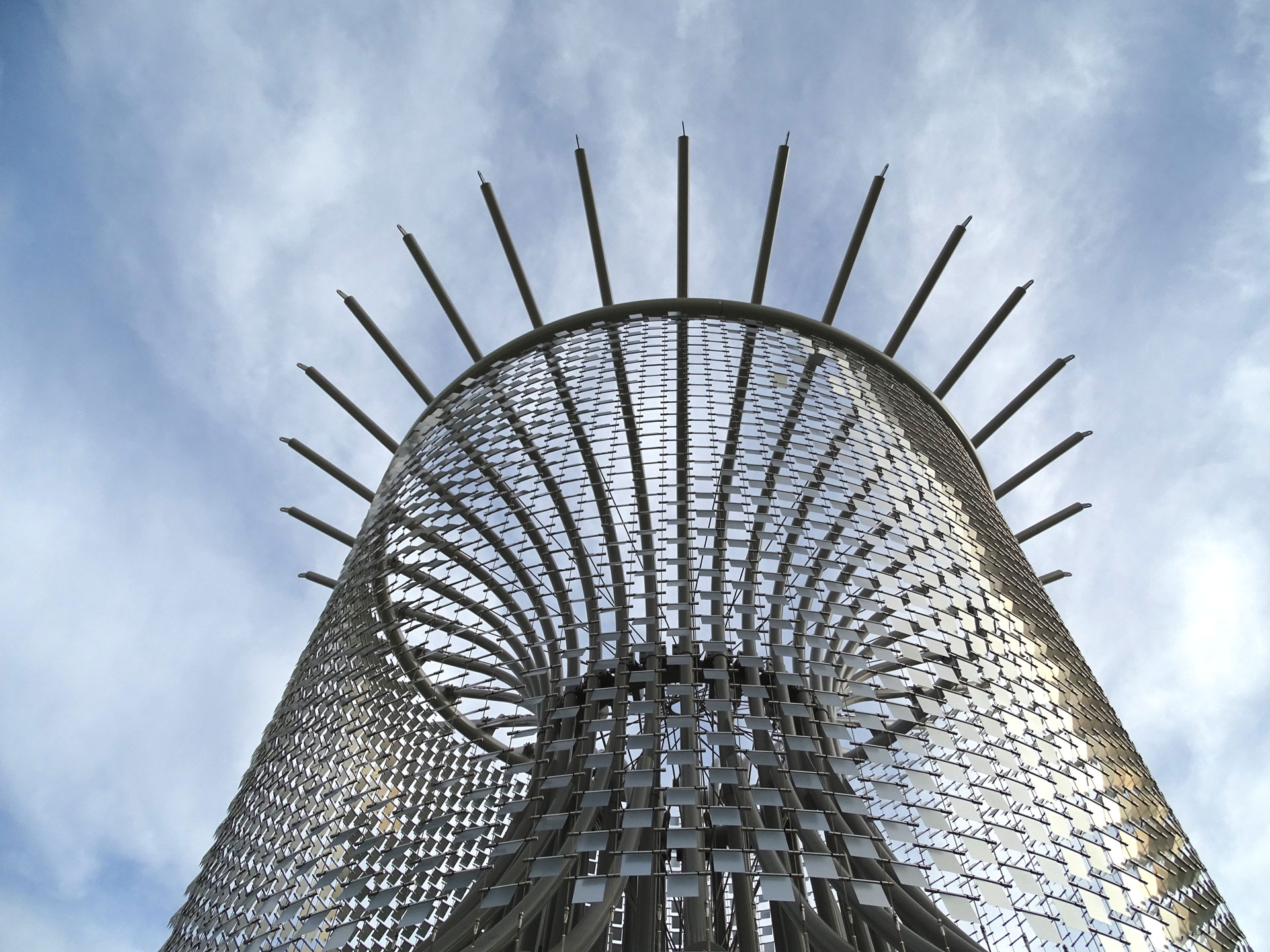Stainless steel cable
Pdf downloadUnifying the criteria required today in an engineering or architectural project is becoming more and more complicated.
Safety standards continue to increase, global environmental awareness encourages, and in many cases forces, the efficient use of resources. And aesthetics now play a major role.
Sometimes, it is difficult to find a material that suits all the needs that arise when we carry out a project. We want it to be flexible but also resistant, to be thin and hard at the same time, so that the design does not interfere with its safety... On this point, stainless steel stands out from other materials as it offers the opportunity to create an advanced design, which adapts to society's standards, without losing any of the aforementioned properties.
Stainless steel cables offer extremely reliable architectural solutions, which is why their use is increasing. As they are made of stainless steel, they are used in both indoor and outdoor applications.
There are different cable formats and structures to adapt them to each project. Depending on the disposition, extension and diameter that we use, one property will prevail over another, adapting the needs that arise to each situation.
They practically do not set limits to the design of the project, but this is not the only reason why we choose this solution over others. They have some characteristics that are easy to highlight:
- it is easy to install,
- it is flexible,
- it gives the construction a lightness effect,
- its design is eye-catching,
- it is elegant,
- it is durable and,
- requires little maintenance.
Stainless steel cable has become a significant element in sustainable architectural projects, especially in large-scale greening initiatives. The incorporation of creepers and vegetation on walls and building façades not only makes the urban landscape more beautiful, they also offer an innovative and ecological solution to deal with the environmental challenges we are facing. They provide shade, reducing urban temperatures, and act as natural filters that purify the air and reduce pollution.
The use of stainless steel in sustainable architectural greening projects not only ensures structural quality and safety, but also promotes environmentally friendly practices and improves the quality of life in cities and populated environments.

